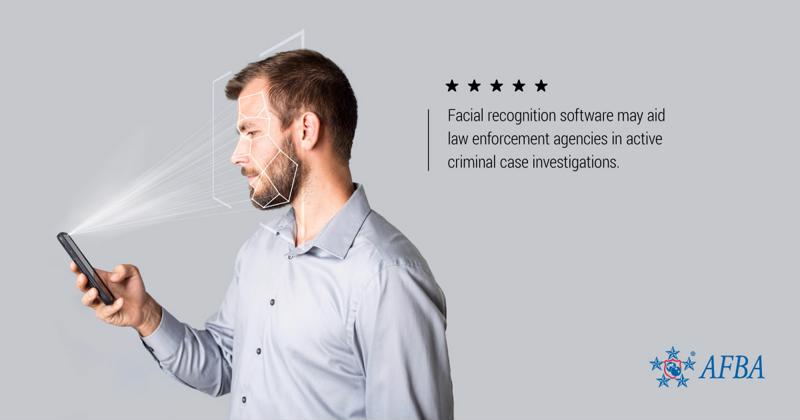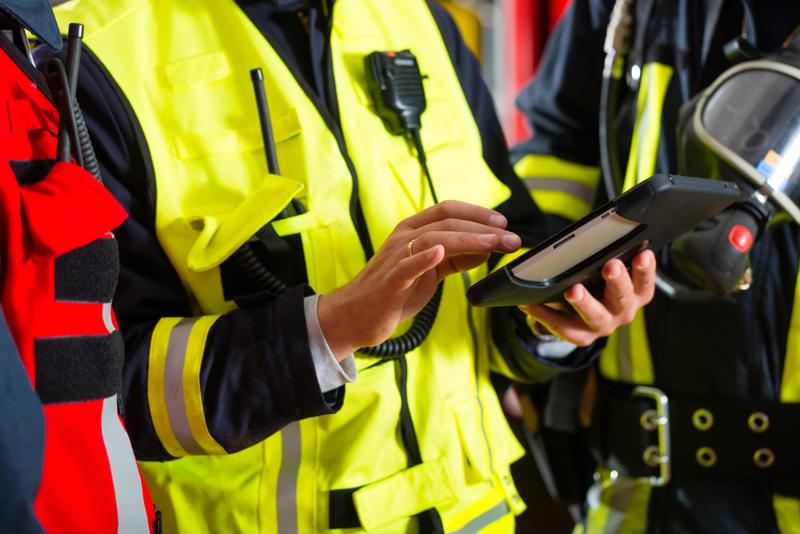Briefing rooms and patrol cruisers across the U.S. are being upgraded with a new generation of law enforcement technologies. These innovative tools and systems enable first responder agencies to boost the efficiency and effectiveness of their communications, crime prevention measures and community protection.
The sheer power of many of these deep-probing technologies has raised some questions related to safety and transparency. Community stakeholders are eager to know how these advanced data processing systems can be safely used in a way that doesn't infringe on peaceful citizens' rights and privacy. However, when used appropriately, they are already delivering results to law enforcement agencies around the nation.
Here are eight technological advancements police forces are adopting, and how they're using them:
1. Artificial intelligence for predictive policing
Predictive policing, or PredPol, systems rely on algorithmic technologies and advanced mapping capabilities, transforming large amounts of data into useful, real-time insights for patrolling officers. Artificial intelligence and machine learning capabilities allow PredPol to assess where criminal activities are statistically likely to occur. This can empower officers to more proactively patrol communities and position themselves strategically within their beat.
2. Unmanned aerial vehicles
According to Police Chief Magazine, there are roughly 1.1 million drones, or unmanned aerial vehicles (UAV), in the U.S. Nearly 350 police departments are currently taking advantage of their ability to assist in search and rescue operations, gather real-time intelligence from high-risk situations, monitor crowds and add new perspectives during crime scene analysis.
3. Automatic license plate recognition
The automatic license plate recognition (ALPR) technology used by law enforcement agencies is similar to what's used to collect tolls on toll roads. Police departments are now employing ALPR to identify stolen vehicles, monitor roadways for license plates that match up with AMBER Alerts and more.

4. Facial recognition software
Biometric data and the systems that collect and analyze it, including facial recognition software, poses a variety of privacy concerns when used by government agencies and private companies alike. However, these technologies may offer advantages to law enforcement agencies in target identification, trial evidence and active criminal case investigations, according to the American Bar Association.
5. Gunshot detection systems
Gunfire locators like ShotSpotter use acoustic sensors, artificial intelligence and algorithms to identify the source of live gunfire, according to the Associated Press. The strategically located sensors continually monitor for potential gunshot sounds and triangulate the source so that officers patrolling parts of the community miles away can rush to the scene.
6. Integrated body and dash cameras
Body-worn cameras and police dashcams record on-duty police work through first-person perspectives. New developments in inter-connected camera systems allow for synchronized high-resolution footage and audio recordings across multiple points of view. More accurate data helps clarify incident escalation to protect community members as well as the first responders that wear the body cameras.
7. Rugged mobile computing devices
New field-ready mobile phones, tablets and laptop computers help law enforcement officers streamline communications and access vital information when on-the-move. This new generation of devices offers secure and compliant data storage, durable construction and impressive battery life.
8. IoT-enabled devices
Many of the aforementioned tools and systems connect through the Internet of Things (IoT). Surveillance drones, body cameras, mobile devices, and other sensors, cameras and detection systems can all connect and feed into an advanced system. With this, law enforcement agencies can work not just across their own departments but with community partners to implement crime prevention measures.


